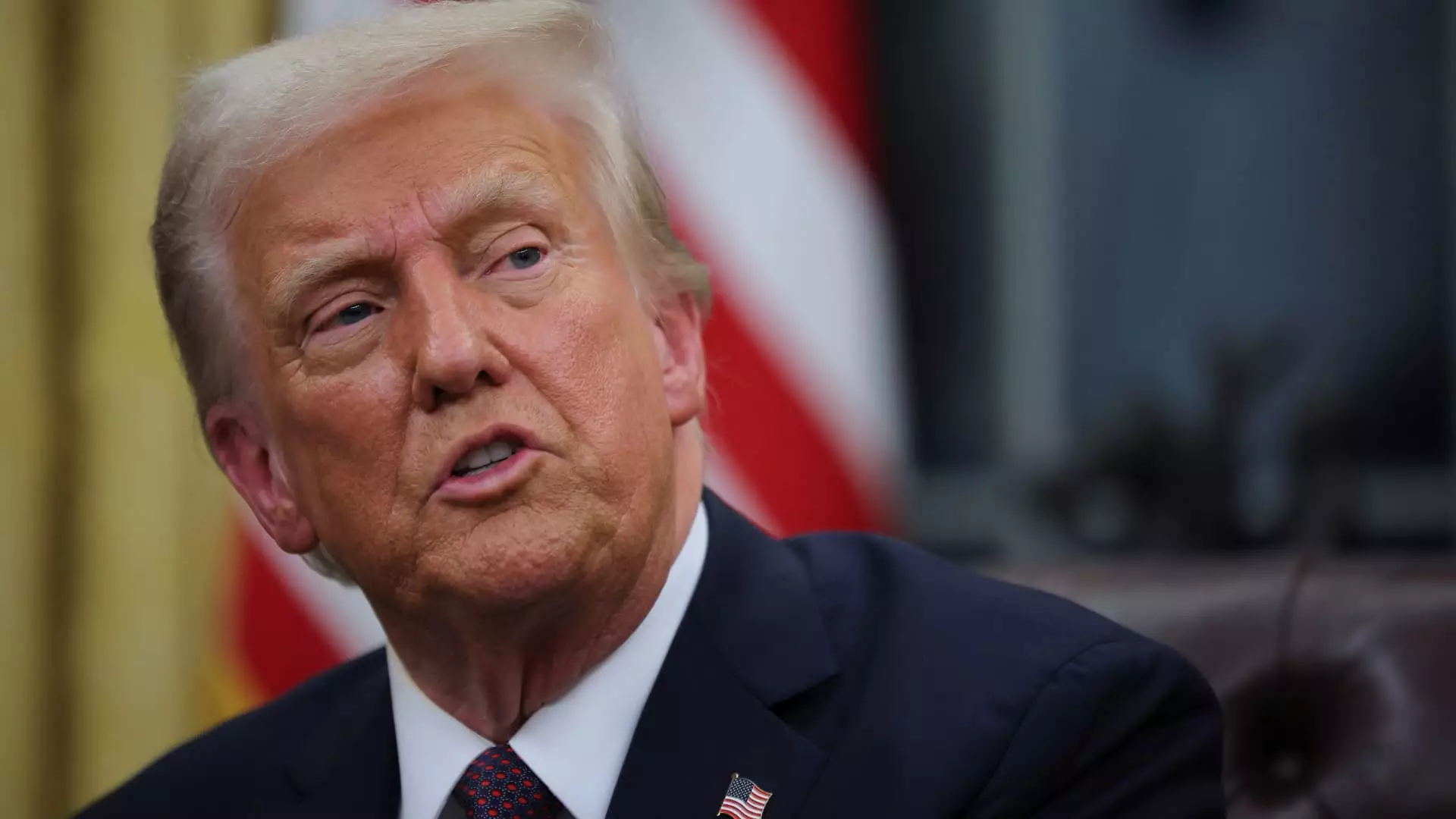In a significant legal maneuver, a federal judge intervened to halt an order from the Trump administration aimed at freezing existing federal grants and loans. This pause, issued by Judge Loren AliKhan, came just moments before the order was slated to take effect, indicating the urgency and potential widespread ramifications of the underlying issue. The order in question sought to require agencies to vet all existing financial assistance before any disbursement—a measure with implications for trillions of dollars in federal funding. AliKhan’s stay is temporary, expiring on Monday unless a further restraining order is granted. This situation underscores the complexities and potential chaos surrounding the administration’s approach to managing federal financial assistance, particularly with regard to its alignment with the president’s controversial policies.
The fallout from the freezing order does not merely pose bureaucratic challenges; it directly threatens the livelihood of various programs that depend on federal support. Federal financial assistance plays a crucial role in sustaining numerous nonprofit organizations and small businesses across the nation. The order’s implementation could lead to immediate financial distress for these entities, exacerbating existing vulnerabilities in communities already struggling. As articulated by Jessica Morton, a lawyer representing dissenting parties, the anticipated chaos stemming from this abrupt policy change could lead to “unequivocal harm” to grant programs, complicating already fraught operational landscapes for nonprofits.
This judicial intervention may be seen as a lifeline for organizations at risk. Diane Yental, CEO of the National Council of Nonprofits, articulated concerns about the potential inability of small nonprofits to withstand even minor disruptions in funding. With many organizations operating on tight margins, the loss of a single payment could result in severe consequences, including staff layoffs or even shutdowns. The desperate financial reality faced by these entities speaks volumes about the precarious balance many rely on regarding federal support.
The complicating factor in this scenario is the rapid-fire legal actions emerging in response to the Trump administration’s order. Just minutes after Judge AliKhan issued her stay, a coalition of 22 states, along with the District of Columbia, filed a lawsuit challenging the legality of the freezing order. This reinforces the point that legal battles over administrative actions can quickly evolve, creating a landscape where multiple parties vie for clarity and resolution. The Department of Justice’s pushback against the stay also indicates the high stakes involved, as the administration seeks to assert control over spending and align it with its broader political agenda.
The administration’s intent, as outlined in the Office of Management and Budget’s (OMB) order—to cut funding that does not conform to President Trump’s directives—reflects a strategic decision to purge “woke ideology” from government spending. This direction raises critical questions about the role of federal funding in promoting diverse social agendas and the balance between fiscal responsibility and social equity. The abrupt rollout of these changes—revealed to the public less than 24 hours before implementation—has only compounded confusion and unrest, posing challenges for agencies tasked with navigating these new waters.
As the legal proceedings continue, the critical question remains: will this temporary stay pave the way for a lasting resolution or merely serve as a prelude to further legal challenges? With a court hearing scheduled for Monday to further discuss the restraining order, stakeholders in the nonprofit and small business sectors await an outcome that could determine their financial futures. The potential gridlock resulting from politically motivated policies and a rapid turnover in administrative orders could undermine the stability that nonprofit organizations desperately need.
Ultimately, the unfolding situation represents a pivotal moment where legal, financial, and social considerations intersect. The stakes are high, not just for the Trump administration’s policy legacy, but also for the millions of individuals and communities reliant on federal support. As the judiciary navigates these tumultuous waters, the implications of the rulings could resonate far beyond the courtroom, shaping the future of how federal funds are allocated and managed in the United States.


Leave a Reply